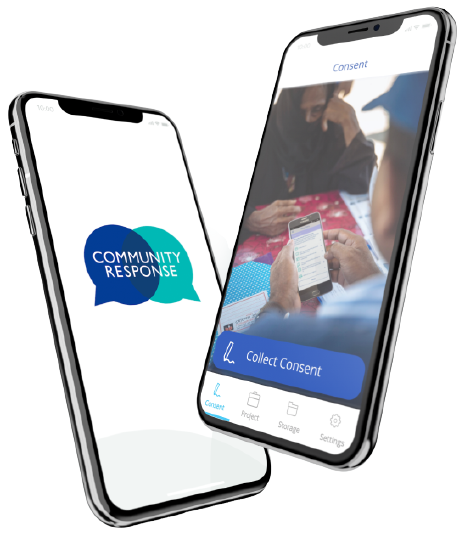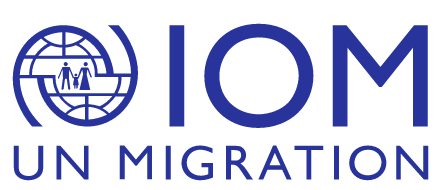The IOM Environmental Inventory is an annual process of collecting data on energy usage, water consumption and waste management relating to our facilities and operations. Its goal is to measure IOM’s global environmental footprint – including greenhouse gas emissions – and to track progress against UN system-wide and science-based targets. The Inventory is also a valuable resource for collecting and sharing best practices concerning different environmental management areas across the Organization and with external stakeholders.
The Inventory is part of the UN system-wide commitment to advance environmental sustainability and climate action, as outlined in the Strategy for Sustainability Management in the United Nations System 2020–2030. Using a standardized methodology, each UN entity reports on its environmental performance through the annual Greening the Blue report. In 2017, IOM made its own institutional commitment to integrate environmental sustainability across all its work areas. This commitment was reiterated in the Strategic Plan 2024–2028, which recognized environmental sustainability as a key cross-cutting priority: “Caring for people and the planet is one of our core values, and we are committed to mainstreaming environmental sustainability into our projects and programmes, and facilities management and operations.”




